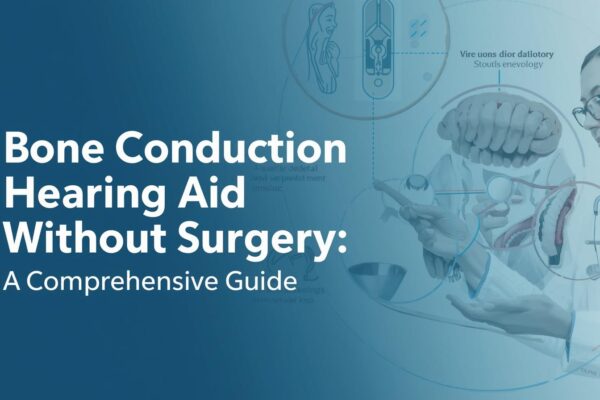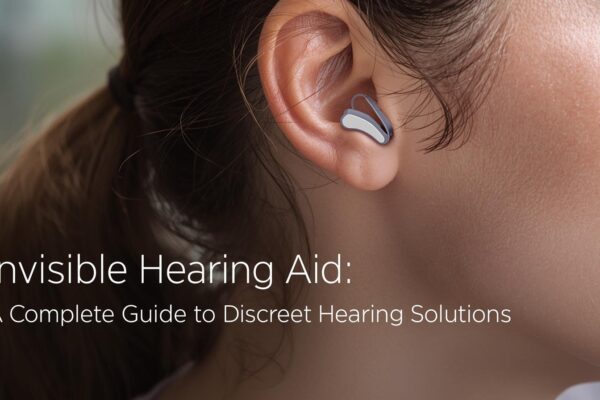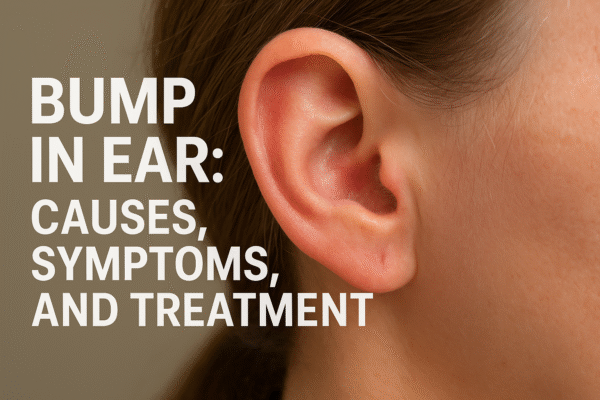Bone Anchored Hearing Aids Singapore
Experience clearer, natural hearing with advanced bone-anchored hearing aids at The Hearing Centre, Singapore’s trusted hearing care expert.
Our Awards and Recognitions
World Class Hearing Care Excellence
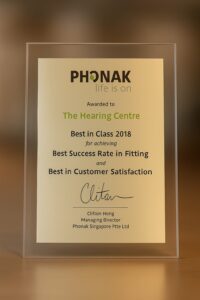
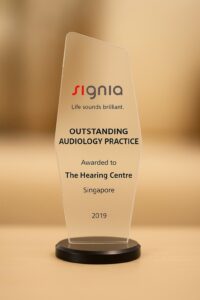
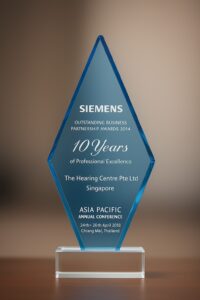
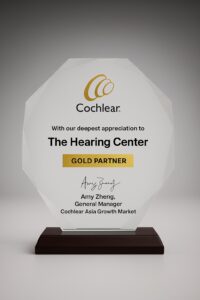

More
Bone Anchored Hearing Aids Singapore: Advanced Solutions for Lasting Hearing Restoration
Hearing is an essential part of how we connect with the world. For individuals who face hearing challenges that cannot be solved through traditional hearing aids, Bone Anchored Hearing Aids (BAHA) offer a groundbreaking solution. In Singapore, BAHA technology has transformed the lives of many people living with conductive or mixed hearing loss, as well as single-sided deafness.
This guide explores everything you need to know about Bone Anchored Hearing Aids Singapore, including how they work, their benefits, suitability, and where to find professional care and fitting services.
What Are Bone-Anchored Hearing Aids (BAHA)?
A Bone Anchored Hearing Aid, also known as BAHA, is a type of hearing implant designed for individuals who cannot benefit from standard in-ear or behind-the-ear hearing aids.
Instead of sending sound through the ear canal, a BAHA device works by transmitting sound vibrations directly through the skull bone to the inner ear. This process bypasses damaged or blocked parts of the outer or middle ear and allows sound to be heard naturally and clearly.
At The Hearing Centre Singapore, experienced audiologists and ENT specialists evaluate each patient’s hearing profile to determine whether BAHA is the right solution.
How Bone Conduction Hearing Aids Work
Unlike traditional devices that rely on air conduction, bone conduction hearing aids use the body’s natural ability to carry sound through bone vibration.
Here’s how it works:
- The external processor captures sound waves from the environment.
- These sounds are converted into mechanical vibrations.
- The vibrations travel through the skull bone directly to the cochlea (inner ear).
- The cochlea then sends the signals to the brain, allowing the person to hear.
This innovative technology ensures clearer sound with minimal distortion, especially for people with conductive hearing loss, chronic ear infections, or structural ear conditions.
Who Can Benefit from BAHA Devices
Not everyone requires a bone-anchored hearing system. However, for the right candidates, it can make a significant difference.
You may be a suitable candidate if you have:
- Conductive or mixed hearing loss.
- Single-sided deafness (SSD).
- Chronic ear infections or ear canal malformations.
- Previous ear surgery that affects hearing.
Before recommending BAHA, The Hearing Centre conducts comprehensive evaluations, including hearing tests and diagnostic assessments like the Pure Tone Audiometry Test and ABR/ASSR tests, to understand your hearing profile accurately.
Benefits of Bone-Anchored Hearing Aids
Bone-anchored hearing systems provide numerous benefits over conventional aids:
1. Natural Sound Quality
Because BAHA bypasses damaged ear structures, the sound that reaches the inner ear is clean, direct, and more natural.
2. Comfort and Hygiene
BAHA does not block the ear canal, which reduces discomfort, irritation, and earwax buildup — a common issue with traditional aids.
3. Reduced Feedback and Distortion
Users experience fewer whistling sounds or feedback because sound does not pass through the ear canal.
4. Improved Hearing in Noisy Environments
The device helps filter background noise, making it easier to focus on conversations.
5. Long-Term Stability
Since the device is securely anchored to the bone, it remains stable and durable with proper care and maintenance.
BAHA vs Traditional Hearing Aids
Feature | BAHA (Bone Anchored) | Traditional Hearing Aid |
Sound Transmission | Through bone conduction | Through air conduction |
Suitable for | Conductive or single-sided hearing loss | Mild to moderate hearing loss |
Ear Canal Use | Open, not blocked | Requires an ear canal fitting |
Feedback Issues | Minimal | More common |
Comfort | Lightweight and secure | May cause ear irritation |
If you’ve tried traditional hearing aids but still struggle to hear clearly, a BAHA device may be the next step in your hearing journey.
The Surgical Process of Bone-Anchored Hearing Implants
A bone-anchored hearing implant involves a minor surgical procedure where a small titanium implant is placed behind the ear. Over time, the bone naturally bonds with the implant through a process called osseointegration.
After healing, the external sound processor is attached. This combination allows sound to travel directly to the inner ear through bone vibrations.
At The Hearing Centre, the procedure is performed in collaboration with qualified ENT specialists and implant professionals. The process is safe, minimally invasive, and offers lasting results.
Non-Surgical Bone Conduction Options
Not every patient requires surgery. For children or those not ready for implantation, non-surgical alternatives such as softband BAHA devices are available. These use an adjustable headband that holds the processor in place, offering similar benefits without the need for surgery.
This flexible option allows patients to experience bone conduction hearing before deciding on a permanent implant.
The Role of ENT Specialists in Hearing Implant Singapore
An ENT specialist plays a key role in diagnosing hearing loss causes, determining candidacy for implants, and ensuring the overall health of your ears.
At The Hearing Centre, ENT doctors work closely with audiologists to design a comprehensive hearing plan that includes diagnostic tests, implant recommendations, and aftercare.
From tympanometry testing to ear measurements, every step is carefully managed for accurate results and patient safety.
Hearing Tests and Ear Measurements Before BAHA Fitting
Proper diagnosis is the foundation of successful hearing restoration. Before recommending a BAHA device, specialists conduct detailed hearing assessments to evaluate how sound travels through your ear structures.
Tests like Pure Tone Audiometry, ABR/ASSR, and Tympanometry provide essential data for accurate fitting. Precise ear measurements ensure the BAHA processor is comfortably and effectively positioned.
Hearing Aid Brands Compatible with BAHA Systems
The Hearing Centre offers advanced hearing solutions from globally trusted brands that integrate seamlessly with bone conduction technology:
- Signia Hearing Aids – renowned for cutting-edge processing and wireless connectivity.
- Phonak Hearing Aids – offering reliable, high-performance devices for every lifestyle.
- Starkey Hearing Aids – known for exceptional sound clarity and comfort.
- ReSound Hearing Aids – delivering smart hearing solutions for improved adaptability.
These technologies complement bone conduction hearing systems, ensuring users experience clarity, balance, and natural sound.
Aftercare and Hearing Aid Maintenance
Owning a BAHA device comes with the responsibility of regular care. The Hearing Centre provides expert hearing aid repairs and adjustments through its service centre.
Routine check-ups, professional cleaning, and ongoing adjustments help preserve device performance. Patients are encouraged to schedule follow-up appointments to monitor their hearing progress and ensure long-term success.
Why Choose The Hearing Centre Singapore
For over two decades, The Hearing Centre Singapore has been at the forefront of advanced hearing care. Their team of certified audiologists and ENT specialists offers comprehensive services — from hearing tests to implant fitting and aftercare.
Patients benefit from:
- Personalised treatment plans.
- Access to the latest BAHA and digital hearing technologies.
- Transparent consultations and support throughout the process.
With multiple branches and expert professionals, the centre ensures every patient receives compassionate, evidence-based hearing care
Conclusion
For many people, Bone Anchored Hearing Aids in Singapore have redefined the meaning of hearing clarity and comfort. Whether you are exploring BAHA for the first time or seeking an upgrade from traditional aids, consulting a professional audiologist is the best first step.
The Hearing Centre Singapore continues to lead in hearing loss treatment, providing innovative solutions and professional support to help every individual hear better, live better, and reconnect with the world.
Brands
Our Trusted Hearing Partners


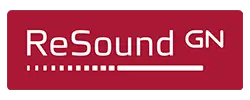

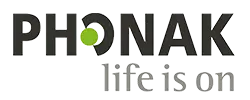
Get In Touch
Make an Appointment
Reviews
Our Google Reviews




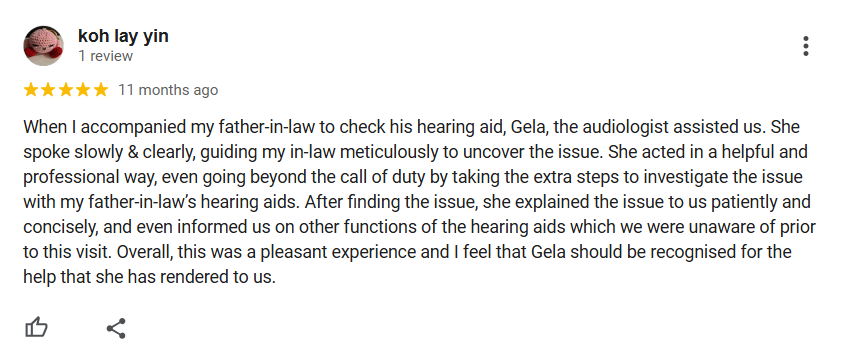
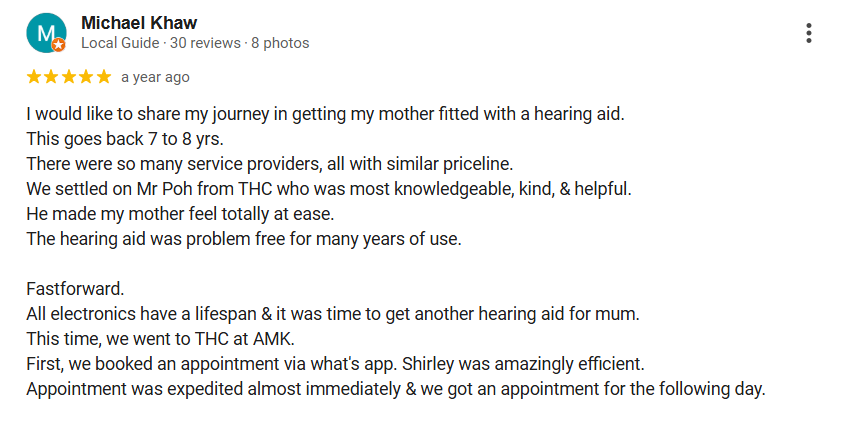

Frequently Asked Questions
They work by sending sound vibrations through the skull bone directly to the inner ear, bypassing damaged parts of the ear for clearer hearing.
People with conductive, mixed, or single-sided hearing loss who cannot benefit from traditional hearing aids.
No, the procedure is minimally invasive and performed under local or general anesthesia, causing minimal discomfort.
Most patients recover within a few weeks and can start using the processor once the implant site has healed.
Yes, children with congenital ear issues or hearing loss can benefit from softband or surgical BAHA devices.
Yes, softband or adhesive-based models are available for non-surgical candidates.
Regular cleaning with a dry cloth and avoiding moisture helps keep the device functional. Routine professional check-ups are also advised.
With proper care, the implant can last for many years, and processors can be upgraded when needed.
The external processor should be removed before swimming or showering, but the implant itself is waterproof.
An audiologist or ENT specialist can conduct hearing assessments to determine if you’re a suitable candidate for a bone conduction hearing aid.

